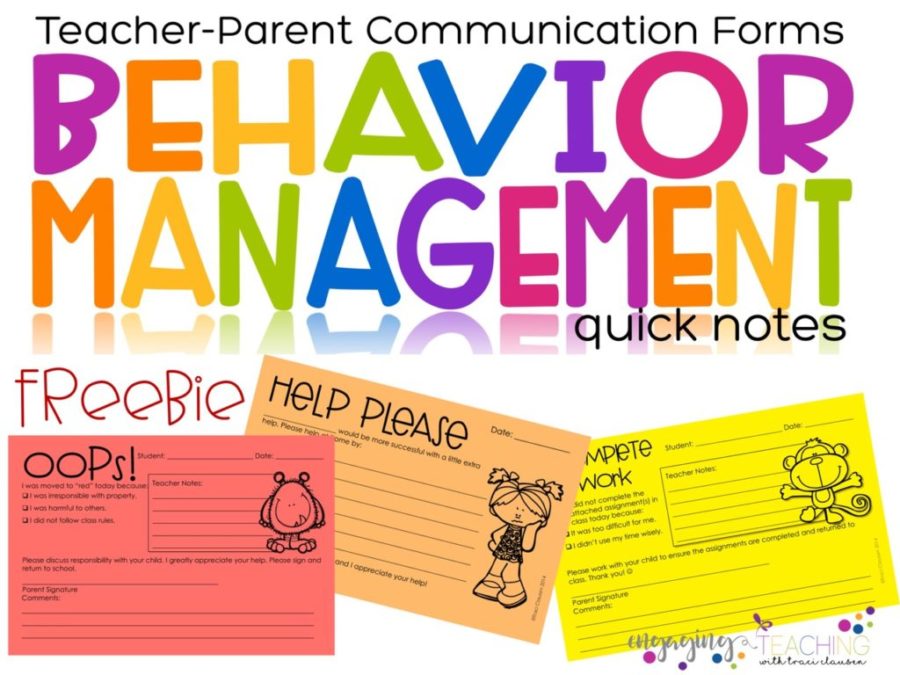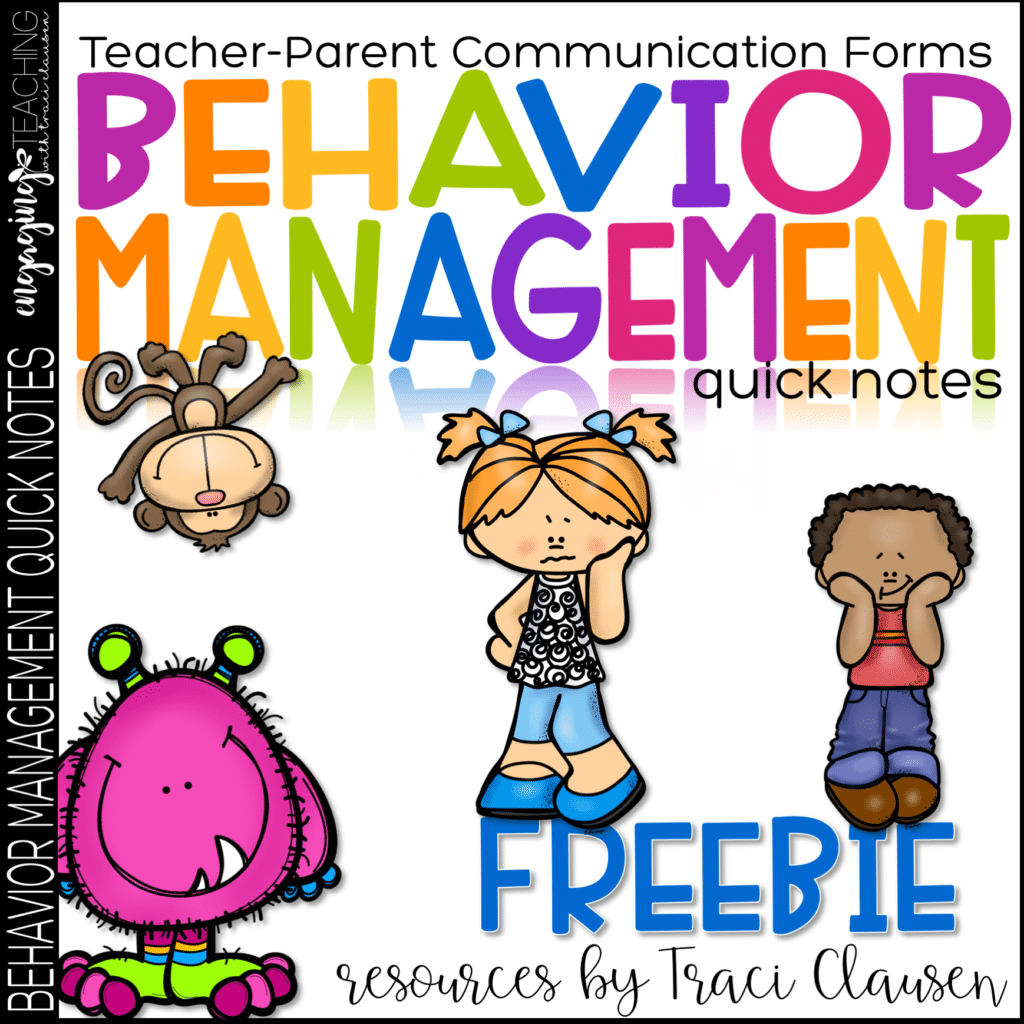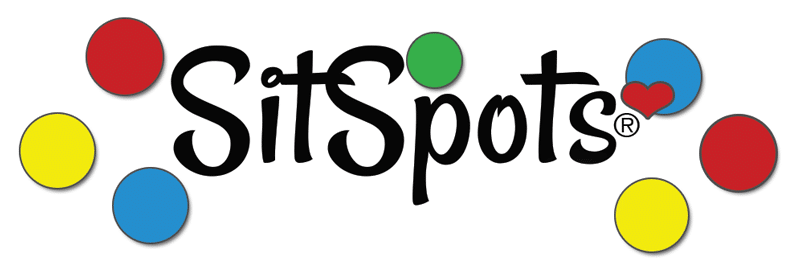I have some little FREE classroom forms I’d like to share with you to help communicate with parents about student behavior and needs.
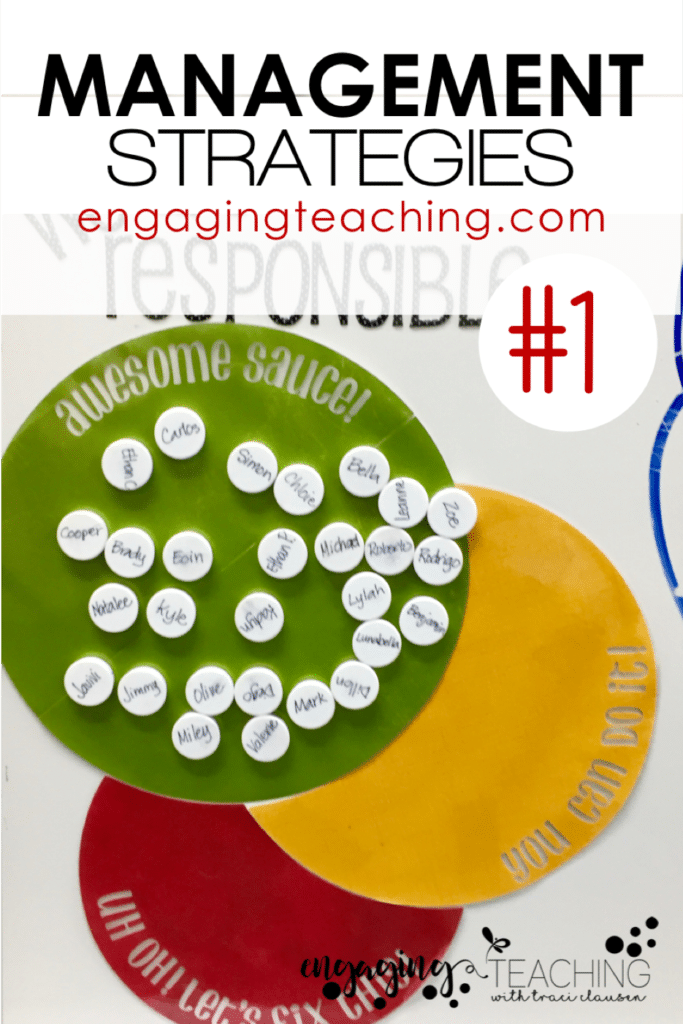
That’s my individual behavior system. The chart is small and unique. I like that it takes up very little room. The tiles can move up and down… but nothing as extensive as the “Ready to Learn” clip charts. I have a bunch of other management things going on, too. But this is the one that is solely for individual students. You can read more about this and other systems I use on THIS POST. Whether you’re a “clip up… clip down”, “pull your stick”, “change your card”, “move your tile”, or any other behavior management technique using teacher beyond or in between, individual management generally plays a pretty large role in the school day.
Sometimes, it takes more energy than anything else we do. This routine works well, the system does its job and the primary classroom is running smoothly. Well, mostly smoothly. Ok… routinely with a little wackiness thrown in quite often. 😀
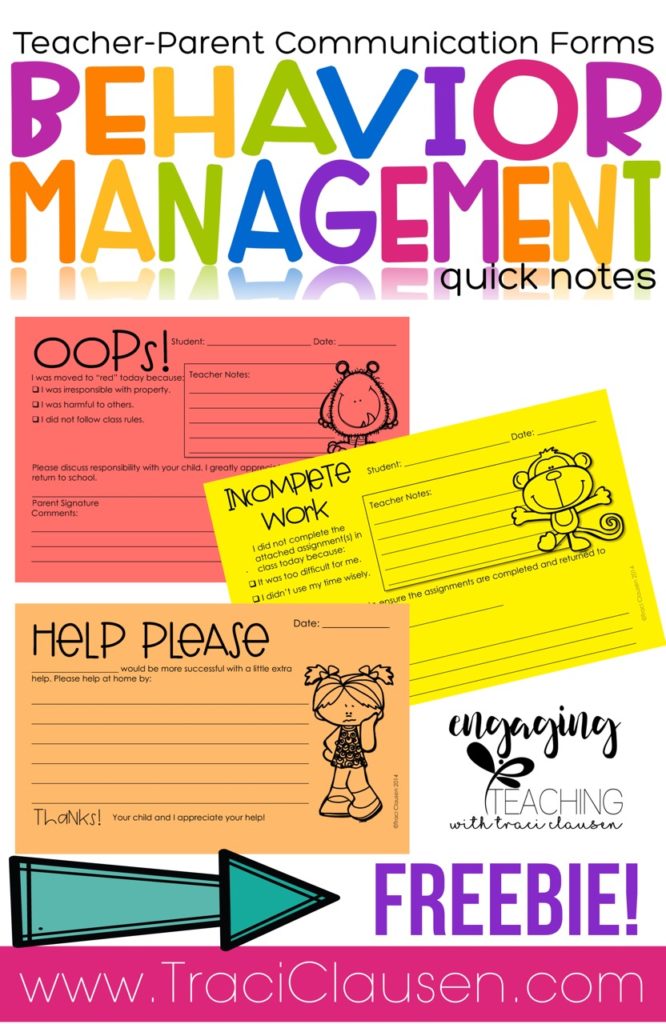
For the times when a lil’ one forgot where s/he is and is a little monster-like, or monkey-around instead of doing actual classwork, or simply need a lot of extra practice on a skill that should now be mastered. These little rough patches can take their toll. Parent support keeps this to a minimum
Keeping parents abreast of those types of situations and asking for their help in resolving them is very important. For that, I use these FREE classroom forms.
THE OOPS! NOTE
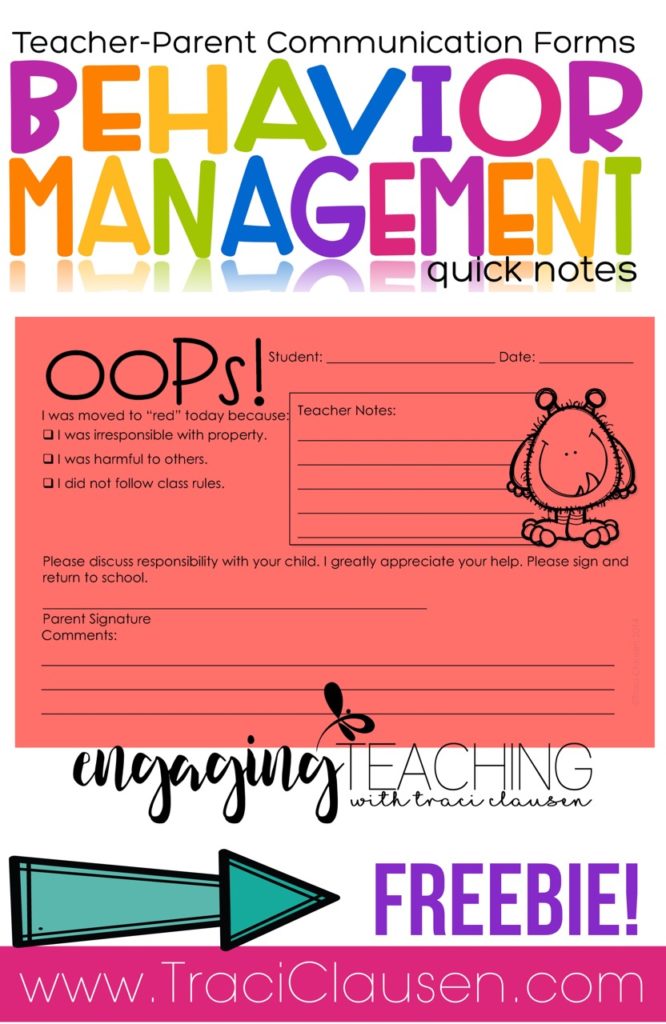
When a child moves his/her tile to red and has a particularly challenging day, I send home the OOPS note. I detail the behavior on the notes section. I copy these on red copy paper.
HELP PLEASE!
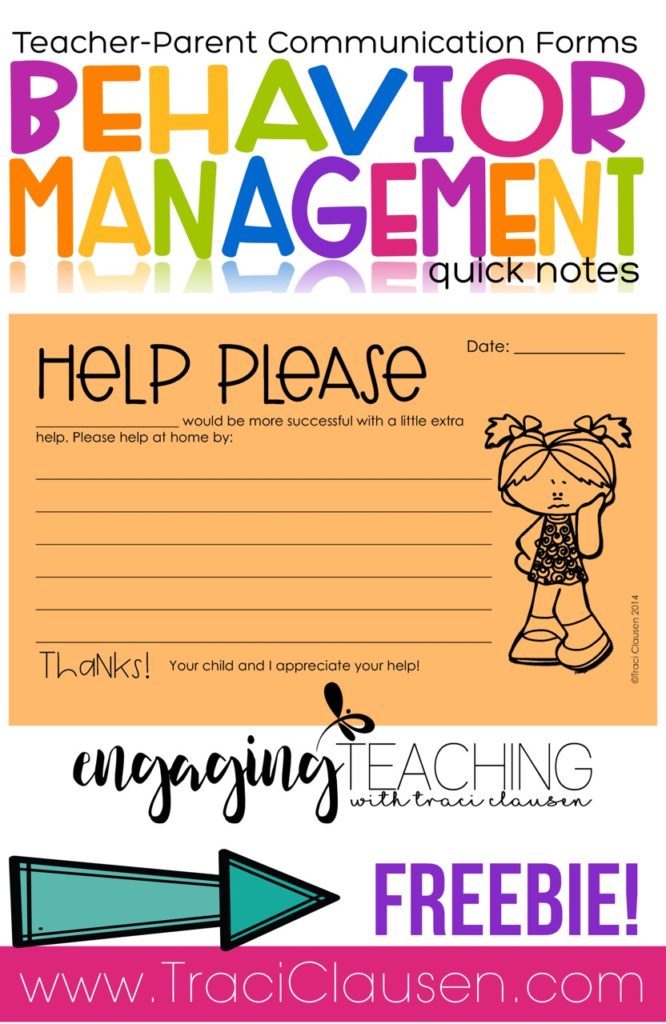
The HELP PLEASE FREE classroom form is to let parents know their child is struggling with a particular skill. I copy this one on orange and add details about what the child is having a hard time with along with any assignments or worksheets I think might help.
INCOMPLETE WORK
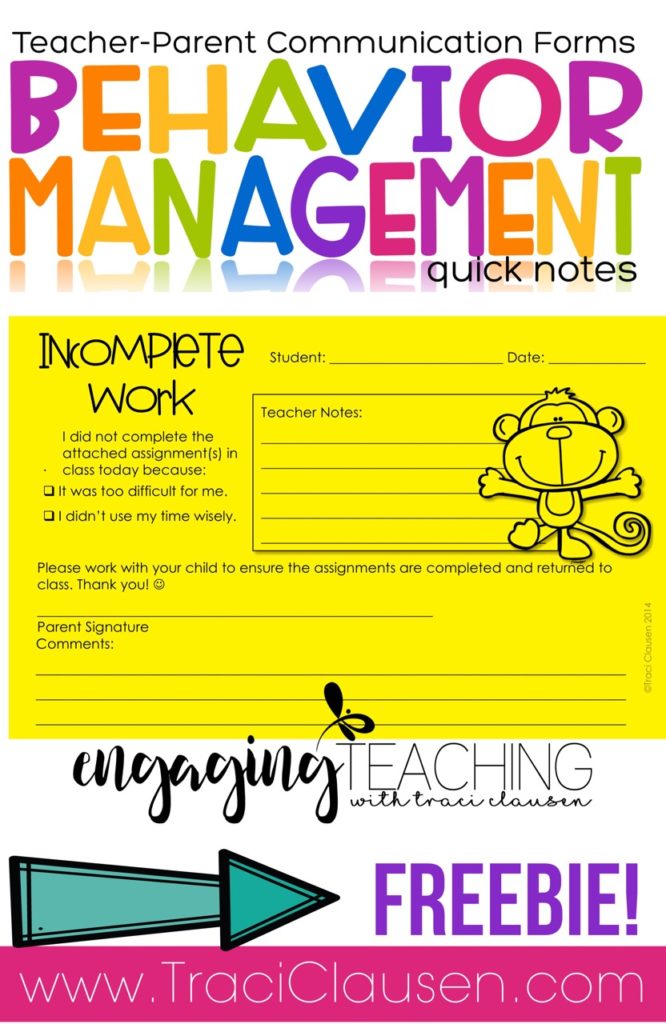
The INCOMPLETE WORK note goes home stapled to an assignment a child did not finish after having ample time. This usually works well for children who talk instead of staying on task, go to the bathroom continually – thinking it’s a way out of working (I’ve always wondered what the thought process is there… do they believe the work will disappear while they’re gone?), or who work soooooooo sllllloooooooowwwwwwlllllyyy… they just can’t get anything completed. I usually copy this on yellow just so it stands out when it’s shoved into a backpack.
DON’T FEEL BAD – IT’S OK
When I first started teaching I was very nervous to send home notes like these to parents. I didn’t want parents to think I didn’t have everything under control. When I accepted that having control and notifying parents actually worked together I finally started sending home these simple, clear notes. I quickly found it very effective and helpful in fixing negative behaviors and increasing student ability. Sure, sometimes the parents aren’t as supportive as I’d like. But the times they do work outweigh the times they don’t.
You can grab Behavior Management Quick Notes in my store
It is also important to send home good notes, too! I give my students special “smartie pants” notecards for attentive, exemplary behavior and contributions to class lessons and discussions. Those are always a big hit with both the kids and their parents! I mean, they come with candy! I also write positive comments on the “Friday Notes” I send home each week.
Communicate with parents about student behavior in a simple, yet clear way. You don’t want to spend a lot of time in this negative space. I always remind the kids that everyone makes mistakes and tomorrow will be better. The parents sign and return the forms and we move on.


